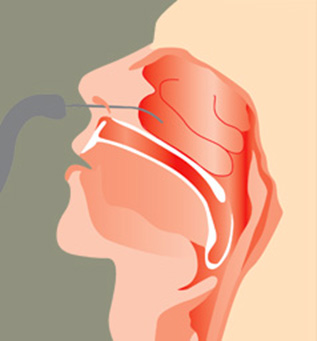Konka (Burun Eti) Küçültme

Burun Eti Küçültme Ameliyatı Nedir? Konka Küçültme Ameliyatı Kimlere Yapılır?
Burun eti (konka), burun içerisinde yer alan havanın ısıtılması, nemlendirilmesi ve filtrelenmesi gibi fonksiyonları olan dokulardır. Burun eti büyümesi diğer adıyla konka hipertrofisi ; burun tıkanıklığı, burun akıntısı, ağzı açık uyuma ve horlama gibi sağlık problemlerine yol açabilmektedir. Burun eti küçültme ameliyatı lokal anestezi ile gerçekleştirilen ve konka hipertrofisinin radyofrekans veya lazer kullanılarak küçültmesi işlemidir. Operasyon sonrası hastalar burun eti büyümesinin sebep olduğu sorunlardan kurtularak rutin günlük hayatına hızlıca dönebilir.
İçindekiler
What is Turbinate Reduction?
Turbinate reduction is a surgical procedure to reduce the size of the bony and soft tissue in the nose called concha. Nasal turbinates are structures that have important functions such as moisturizing, cleaning and heating the nasal cavity. However, due to allergies, sinusitis or problems in the anatomy of the nose, the turbinates can enlarge and cause nasal congestion. Turbinate reduction surgery is an effective method used to solve these problems.Causes of Concha Enlargement
There may be several causes of concha enlargement:- Allergic rhinitis: Especially seasonal allergies can cause swelling of the turbinate tissue.
- Chronic sinusitis: Long-term sinus infections can lead to inflammation and enlargement of the tissues inside the nose.
- Curvature of the nose (deviated septum): If there is a curvature in the nose, the airflow is unbalanced and this can cause the growth of concha tissue.
- Air pollution and smoking: Factors such as air pollution, dust and cigarette smoke can cause irritation and swelling of the nasal tissues.

